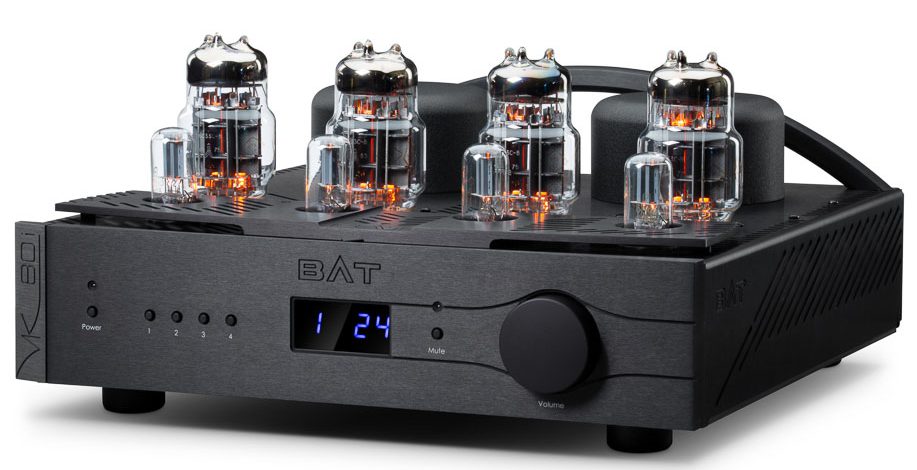
There is a lot of talk these days about the vinyl revival. But it strikes me that there is another revival that is every bit as significant – the valve revival. Now, some may argue valves never really went away, and to an extent that is true, but there has never been such a wide choice of good tube products as we have today.
I used to be a transistor man back in the day, and way back then many of the valve amps being touted as wonderful didn’t live up to the billing. Now, though, we have a choice of some excellent tubed products from the likes of Audio Note, Leben, Rogers and Icon to name but a few. To that list, we can add Balanced Audio Technology (BAT), and their 55W VK80i valve integrated amplifier, which is the subject of this review.
This is the first product from BAT that I have reviewed, but the company itself, based in Wilmington in the USA, was founded back in 1995 by chief engineer Victor Khomenko and general manager Steve Bednarski, both of whom previously worked for Hewlett Packard.
Tubes, tubes and more tubes
The company produces tube preamps, transistor and tube power amps and two integrated amps – one valve (VK80i) and one hybrid, the VK3500i, which has a tube input stage and transistor output stage. It also makes two phono stages and a DAC. Its top mono valve power amp, the VK80t, sells for around £20,000 and its top tranny model, the 500W REX500 mono power amp weighs in at around £45,000. The VK80i I am reviewing here sells for a more modest £9,995.
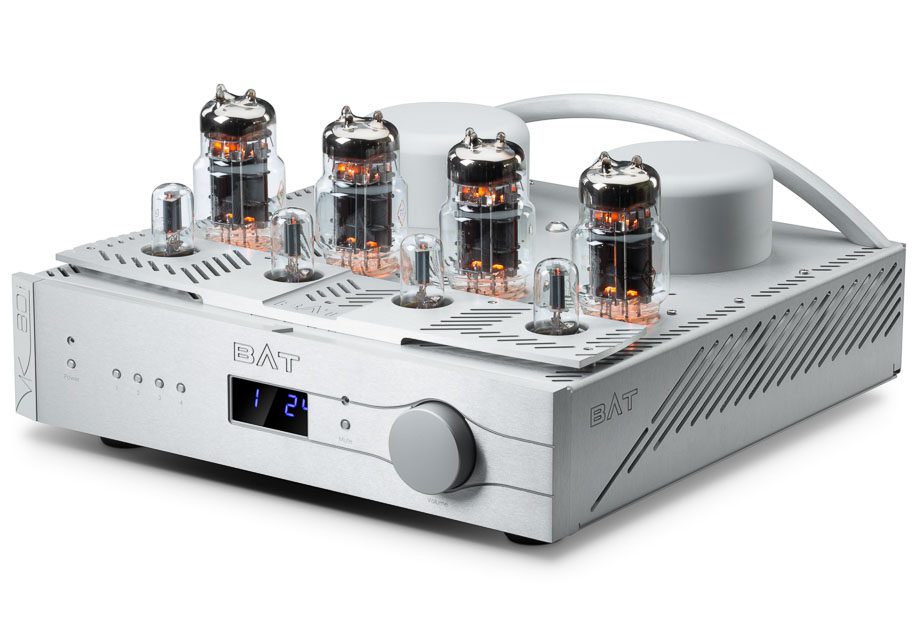
As the company name suggests, they are firm believers in using fully balanced circuit designs and the VK80i is no exception. On its website, BAT’s chief engineer Victor Khomenko is quoted as saying: “One day, Steve came to me and told me he’d bought a preamplifier that featured something very unusual – a balanced circuit. My immediate response was, ‘That’s the only way to build a circuit’.”
BAT believes that balanced circuits offer significant benefits, which is why professionals use balanced circuits in studios and for live performances. These are improved signal integrity, reduced noise and enhanced channel separation. They say that by using positive and negative phases of the audio signal, common-mode noise and interference are effectively cancelled out. They say it also offers higher signal handling capabilities and increased dynamic range.
And so, the VK80i sports one balanced XLR line level input as well as three standard RCA phono inputs, selectable with the row of push buttons on the left of the front panel. There is also a large rotary volume control on the far right as well as a mute button to its left and an LED display that tells you the volume level and which input is selected.
Feedback? No thanks!
Also central to BAT’s designs is its zero global feedback approach. They say that by not feeding the output signal back to the input signal they preserve the natural characteristics of the audio signal, enhancing transparency, dynamics and tonal balance.
The VK80i is a hefty item weighing some 20.4kg and its exposed valves means that it is probably best kept out of reach of young children. It is rated at an impressive 55W and sports four 6C33C-B triode output tubes in push-pull configuration and four 6SN7 input tubes. The spec sheet says it delivers this power into either 4ohms or 8ohms and separate taps on the output transformer mean that there are three sets of speaker connections on the back for loudspeaker impedances of 3–4ohms, 4–6ohms or 6-8ohms. BAT says the amplifier is capable of driving even difficult low-impedance loads.
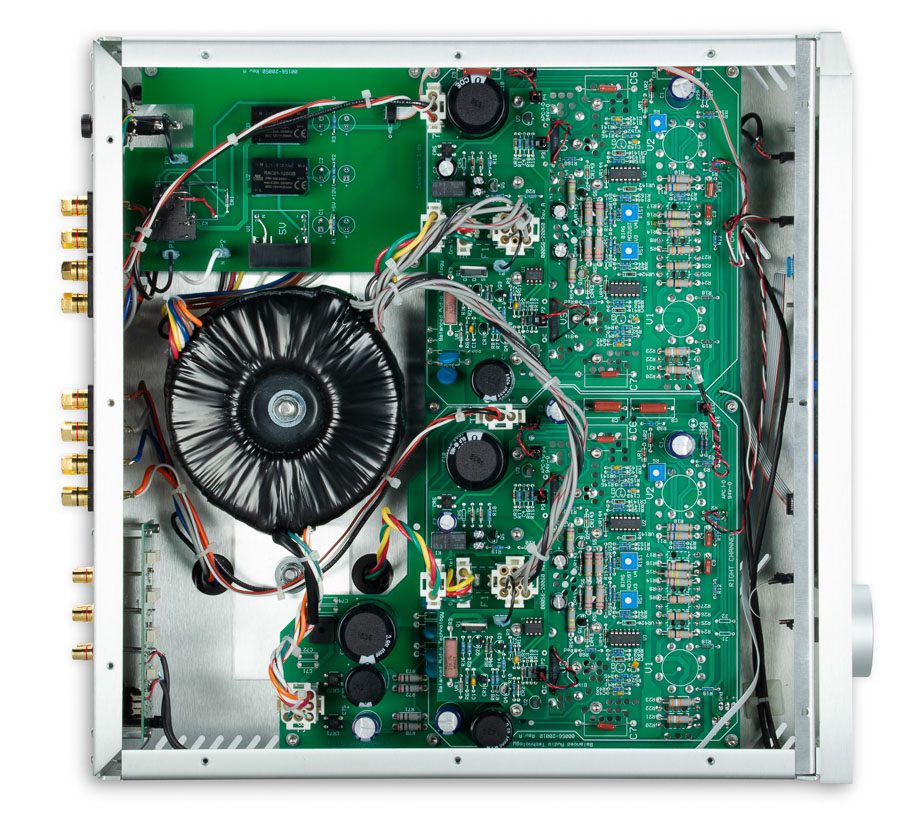
As well as balanced circuitry, the VK80i also offers fuse-less protection and intelligent automatic biasing. The design has just the one regulation mains input fuse, other than that it relies not on fuses but on electronic and thermal electronic protection circuits to guard against users driving the amplifier too hard into clipping.
BAT also says that it has side-stepped one of the traditional headaches with tube amps – namely the need to readjust the bias current of the output tubes. The VK80i uses intelligent circuitry to automatically compensate for changing line voltage and ageing valves. Each of the four output valves has its own circuit.
BAT-ting well above average
Knowing that the review sample of the VK80i was well run in, I could dive straight in and satisfy my curiosity as to whether the sound quality of this product matched its obvious high build quality and good looks.
I used the VK80i with a number of speakers – the excellent Perlisten S4B standmount speaker (also distributed by Karma AV) as well as two other favourites of mine – the Russell K Red 120Se and Audio Note AN-J LX Hemp.
I tried a variety of source components. Not having a phono stage – BAT make one, but it was not supplied for this review – and so I used a Puresound P10 with a Music Audio First Reference step-up transformer to amplify the signal from my Audio Note TT3/Arm Two/Io1 record-playing setup.
I also used an Innuos Statement streamer through a Chord Dave DAC, as well as an Audio Note CDT Five CD transport and DAC Five Special.
Rather usefully, I also had to hand a comparably priced and well-respected transistor amp that I know well and that would serve as a useful benchmark.
Encouraging
Initial impressions of the VK80i were encouraging. And what better to search out on Tidal on the Innuos but one of my fave Ben Sidran tracks from his Bop City album, ‘It Didn’t All Come True’. Sidran’s voice on the VK80i had warmth, reality, emotion and range, while piano had presence and was well balanced in the mix, while the bass line was full and tuneful. A quick switch to the transistor amp saw the sound become a bit cold, less emotion-packed, his vocals less human, the bass line less fluid.
I couldn’t help but throw my favourite track from my favourite Bruce Springsteen album, Darkness on the Edge of Town, on the TT3 platter next. ‘Racing in the Streets’ is an emotionally charged ballad and beautifully recorded with great vocals from Springsteen and a beautiful solo piano accompaniment on the opening bars.
On the VK80i, it was atmospheric, moving, powerful – his vocals had soul and the piano had power but with finesse. The sound collapsed inwards slightly on the tranny amp. The piano was somehow smaller, not so real. Drum rimshots as the track progressed were less crisp than they were on the VK80i and the deep, tuneful bass line was certainly tight on the transistor amp, but lacked the fullness, movement and character it had on the VK80i. There was no doubt in my mind which I enjoyed more. Definitely the BAT.
Using the CD player next, I reached for sax genius Dave Koz’s wonderful album The Dance and played the track ‘The Bright Side’.
Koz is one of my favourite saxophonists, along with David Sanborn, Eric Marienthal, Art Pepper, Gerald Albright and Grover Washington to drop but a few famous names, and he is really in the groove on this track. His alto sax had just the right degree of bite and body on the VK80i compared with the colder, less insightful rendition on the tranny amp. Percussion was snappier, tighter, the bass line fuller on the BAT and the whole impetus and flow of the track was more convincing on the VK80i. And this track has it in spades – they are all top class musicians, and they really play well together to give the song a special coherence and impact. And while it was OK on the transistor amp, everything just seemed to snap into place on the VK80i.
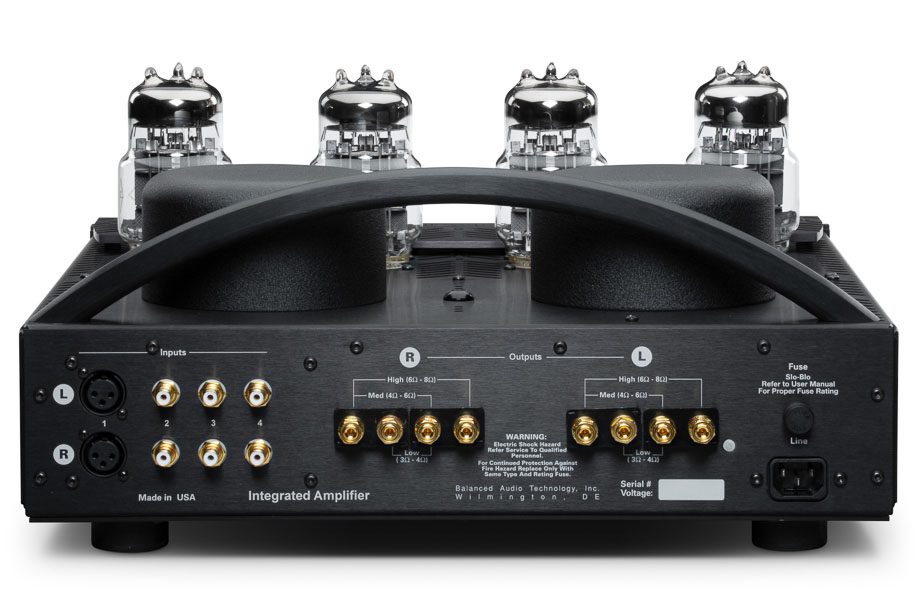
Finally, it was the turn of guitarist Peter White to thrill me with his lovely rendition of the old Johnny Nash classic ‘I Can See Clearly Now’ from his Groovin’ album. This track has a real sparkle, life and rhythmic lilt that carries the listener along in a melodic and delightful way and has the wonderful added bonus of a guest appearance from a jazz guitar favourite of mine, Jonathan Butler. From the first few notes he plucks on his guitar, I could instantly hear the style of his play and his unique sound. Don’t ask me what it is, but there it was! On the transistor amp, it was not so well delineated. Sure, he was there, but lacking the sparkle and focus.
Simply musical
After you listen to a few tracks, patterns usually emerge and listening to the BAT VK80i was just the same. And it did not matter which speakers I was using. The musical performance, power and grip of the VK80i meant it drove the Audio Note, Russell K and Perlisten speakers equally well to sensible levels with complete control.
The VK80i proved itself to be a very competent performer. The sound was coherent and tuneful, giving plenty of insights into what is going on in the music. It took on one of the best transistor amps I know at this kind of price range and showed it a clean pair of heels. I liked it a lot and have no hesitation in recommending it as an excellent buy.
Thank you to Home Media in Maidstone, Kent, for their assistance during this review.
Technical specifications
- Type Zero-feedback, balanced integrated valve amplifier
- Power output 55watts into 4/8ohms
- Valve complement 4 × 6SN7 input tubes; 4 × 6C33C-B triode output tubes
- Inputs 4 × line level 1 × XLR, 3 × RCA
- Frequency response 8Hz–200kHz
- Total harmonic distortion 3% at full power
- Input impedance 215kohms
- Volume control 90-step resistor ladder
- Power consumptions 400W at idle, 800W at full power
- Dimensions (H×W×D) 203mm × 431mm × 406mm
- Weight 20.4kg
- Price £9,995
Manufacturer
Balanced Audio Technology
UK distributor
Karma AV
+44(0)1235 511166
By Chris Frankland
More articles from this authorRead Next From Review
See all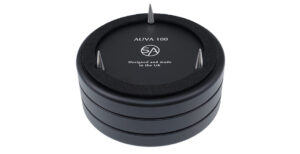
Stack Audio AUVA 100
- May 16, 2024
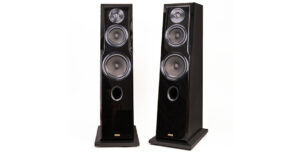
Xavian Virtuosa Anniversario
- May 16, 2024
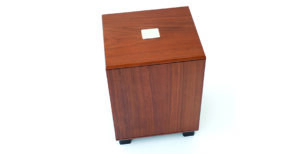
REL Classic 98
- May 07, 2024

Audiovector Trapeze Reimagined
- May 07, 2024








